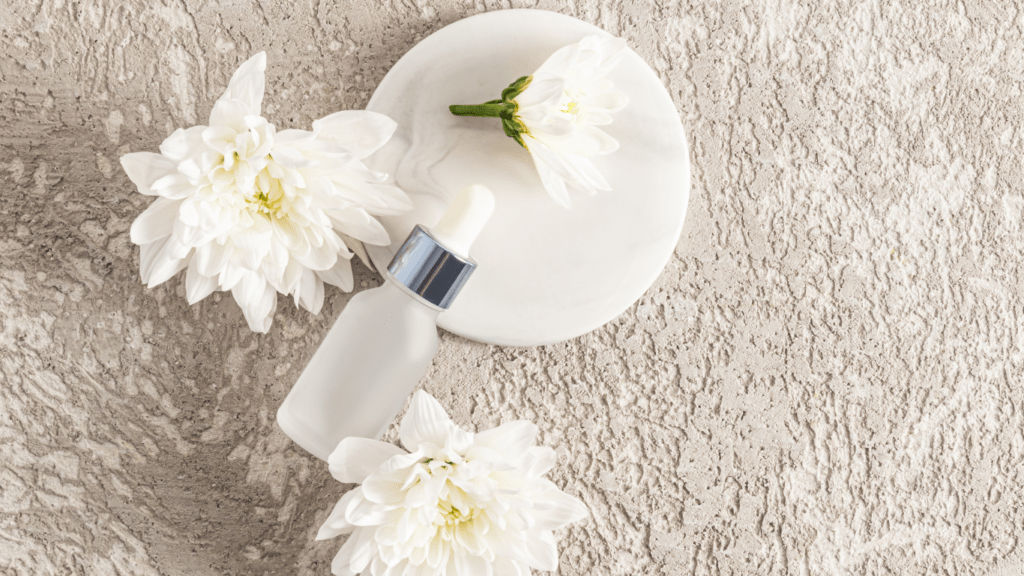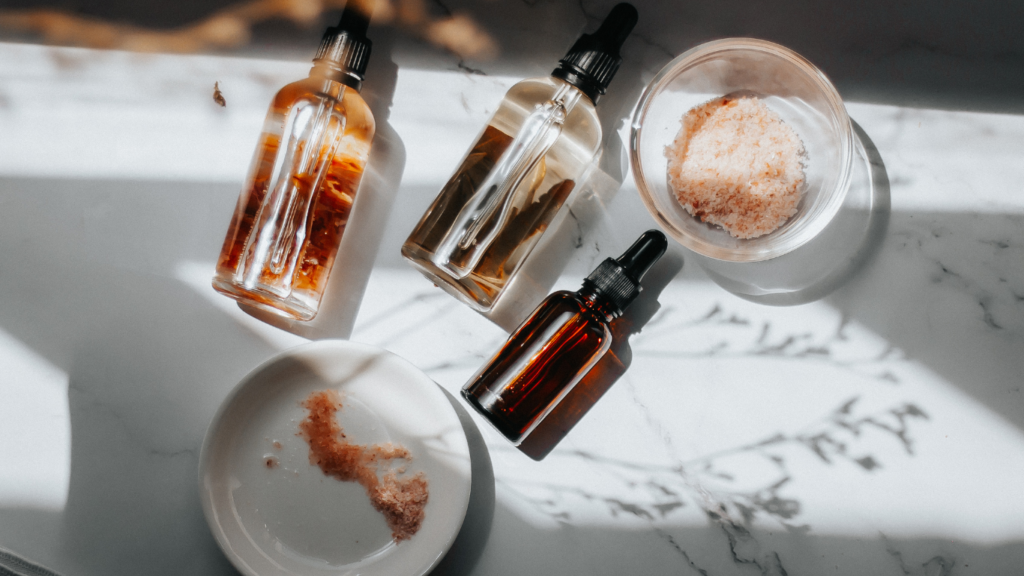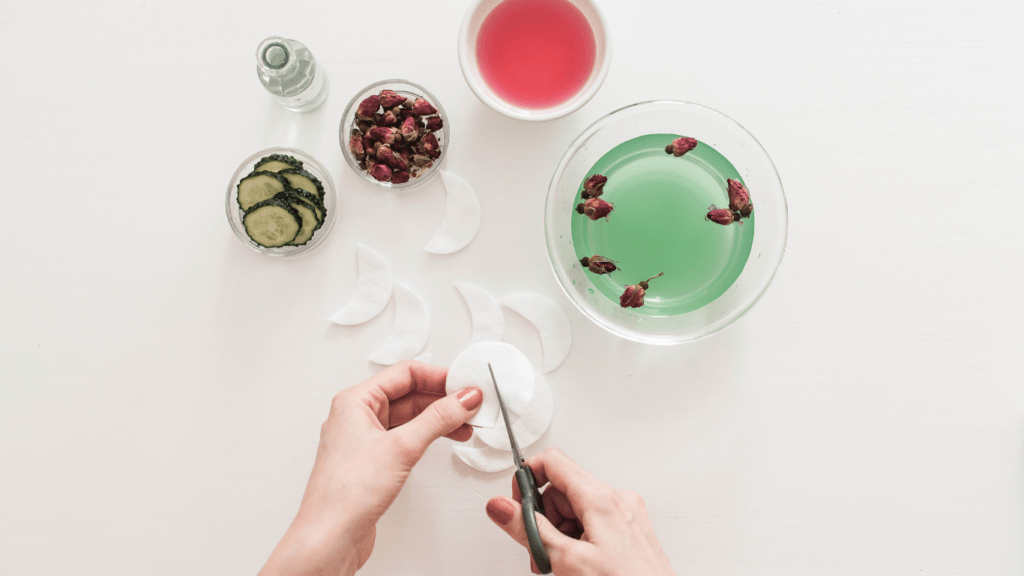Understanding Your Skin Type
Knowing your skin type is crucial before selecting any skincare products. It affects how your skin reacts to different ingredients, ensuring the products you choose truly benefit your skin.
Oily Skin
Oily skin often appears shiny and feels greasy, especially in the T-zone (forehead, nose, and chin). It produces excess sebum, leading to clogged pores and acne. Look for products labeled ‘non-comedogenic’ as they don’t clog pores. Ingredients like salicylic acid help control oil and prevent breakouts. Examples include gel-based cleansers and lightweight moisturizers.
Dry Skin
Dry skin feels tight and may flake, particularly after cleansing. It lacks natural oils and needs hydration. Choose products rich in moisturizing ingredients like hyaluronic acid, glycerin, and natural oils (e.g., jojoba, avocado). Avoid harsh exfoliants which can further dry out your skin. Cream-based cleansers and rich face creams work well for hydration.
Combination Skin
Combination skin has both oily and dry areas, usually with an oily T-zone and dry cheeks. This type needs products that balance oil without stripping moisture. Opt for lightweight, hydrating products like gel moisturizers. Avoid heavy creams that may clog pores and exacerbate oiliness in the T-zone. Look for dual-purpose products that can hydrate and regulate oil.
Sensitive Skin
Sensitive skin easily reacts to products, resulting in redness, itching, or burning sensations. Choose products with soothing ingredients like aloe vera, chamomile, and oat extract. Fragrance-free and hypoallergenic labels are essential to avoid irritants. Test new products on a small skin patch first before full application. Creams with minimal ingredients and natural formulations often work best for this skin type.
Key Ingredients to Look For

Selecting the right natural skincare products begins with understanding key ingredients beneficial for your skin. Here are some essential components to consider.
Natural Oils
Natural oils, such as jojoba and argan, offer deep moisture and nourishment. Jojoba oil mimics the skin’s natural sebum, making it excellent for balancing oil production in oily and combination skin. Argan oil, rich in fatty acids and vitamin E, provides hydration and reduces inflammation, which is ideal for dry and sensitive skin types.
Plant Extracts
Plant extracts, including aloe vera and chamomile, soothe and rejuvenate the skin. Aloe vera offers hydrating and anti-inflammatory properties, perfect for calming irritated skin. Chamomile extract, known for its antioxidant activities, helps reduce redness and supports skin repair. These extracts are often included in products geared toward sensitive and problem-prone skin.
Essential Vitamins
Essential vitamins, such as vitamins C and E, enhance skin health and appearance. Vitamin C promotes collagen production and brightens the skin, proving beneficial for aging and dull skin conditions. Vitamin E, an antioxidant, protects the skin from oxidative stress and supports healing. Including these vitamins in skincare products helps maintain a youthful and vibrant complexion.
Ingredients to Avoid
Understanding which ingredients to steer clear of can help maintain skin health. Natural skincare products should exclude certain harmful substances to ensure safety and efficacy.
Synthetic Fragrances
Synthetic fragrances can irritate the skin. They’re often composed of various chemicals, including phthalates, which can cause allergic reactions and sensitization. Opt for products that use natural scents from essential oils instead of synthetic ones.
Parabens and Preservatives
Parabens are commonly used preservatives in skincare products. They can disrupt hormonal balance by mimicking estrogen, which can lead to various health issues. Look for products preserved with natural alternatives like vitamin E (tocopherol) or rosemary extract.
Harsh Chemicals
Chemicals like sulfates, formaldehyde, and synthetic dyes can strip the skin of its natural oils. These ingredients can lead to dryness, irritation, and long-term damage. Choose products that use gentle, naturally derived ingredients like coconut-based cleansers or plant-based colorants instead.
Certifications and Labels
Understanding certifications and labels is crucial for choosing natural skincare products. They indicate the product’s adherence to specific standards, ensuring both quality and ethical considerations.
Organic Certifications
Organic certifications confirm that a product contains high-quality, natural ingredients. Look for labels like USDA Organic, which guarantees at least 95% organic content. Products with Ecocert certification meet stringent environmental and sustainability criteria. These certifications often mean the ingredients are free from synthetic pesticides and fertilizers.
Cruelty-Free Labels
Cruelty-free labels signify that a product wasn’t tested on animals. The Leaping Bunny logo and PETA’s Beauty Without Bunnies certification are well-recognized. Brands with these labels have undergone rigorous verification processes. A cruelty-free label usually assures that neither the final product nor its ingredients were tested on animals.
Non-GMO Labels
Non-GMO labels ensure that the ingredients in a product aren’t genetically modified. Look for the Non-GMO Project Verified label, which requires thorough testing and compliance with strict standards. Products with this label typically avoid controversial agricultural practices and maintain natural integrity.
Certifications and labels provide valuable information for making informed choices, ensuring the selected skincare products align with personal values and quality standards.
Reading and Understanding Labels
It’s crucial to understand the labels on natural skincare products. Accurate knowledge helps avoid harmful ingredients and select beneficial ones.
Active vs. Inactive Ingredients
Active ingredients play a direct role in treating specific skin issues, such as salicylic acid in acne treatments or hyaluronic acid in moisturizers. Inactive ingredients act as carriers or preservatives, contributing to the product’s stability or texture. Both active and inactive ingredients affect skin health.
Concentration Levels
The concentration of active ingredients determines their effectiveness. Ingredients are typically listed in descending order of concentration. Higher concentrations don’t always mean better results; it depends on skin sensitivity and product purpose.
Expiration Dates
Checking expiration dates prevents the use of expired products, which can lose effectiveness and may irritate the skin. Most natural skincare products have shorter shelf lives due to fewer preservatives. Store products as recommended to maintain efficacy.
How to Patch Test New Products
Patch testing is essential to ensure that new skincare products won’t cause adverse reactions. Follow these steps to safely test new additions to your skincare regimen.
Steps to Patch Testing
- Choose a Test Area: Select a small, discreet area of skin, like the inside of your wrist or elbow, which is similar to the skin on your face but less visible.
- Clean the Area: Wash the chosen test area with a gentle cleanser and pat it dry. Clean skin ensures accurate results.
- Apply a Small Amount: Use a cotton swab to apply a small amount of the product to the test area. Cover about one square inch of skin.
- Wait 24-48 Hours: Leave the product on the skin for 24 to 48 hours without washing it off. Avoid applying other skincare products to the test area during this period.
- Monitor for Reactions: Observe the test area for any signs of reaction, such as redness, itching, swelling, or blistering.
- No Reaction: If the skin shows no signs of irritation or allergy after 48 hours, the product is likely safe to use on your face.
- Mild Redness or Itching: Minor reactions may indicate sensitivity. Consider trying the product again on a smaller area or consult a dermatologist before full use.
- Severe Irritation: Redness, swelling, blistering, or other strong reactions suggest the product may not be suitable for your skin. Discontinue use immediately and rinse the area with water.
- Delayed Reactions: Some reactions may appear after 24-48 hours. Continue to monitor the area for a few days after the initial test period.



 Bonnie Brown is an expert in holistic wellness with over a decade of experience in natural health and skincare. She has dedicated her career to helping individuals achieve radiant health through plant-based solutions and mindful self-care practices. Bonnie is passionate about blending ancient traditions with modern wellness techniques, making her insights a valuable resource for anyone on a journey to healthier skin and overall well-being.
Bonnie Brown is an expert in holistic wellness with over a decade of experience in natural health and skincare. She has dedicated her career to helping individuals achieve radiant health through plant-based solutions and mindful self-care practices. Bonnie is passionate about blending ancient traditions with modern wellness techniques, making her insights a valuable resource for anyone on a journey to healthier skin and overall well-being.
